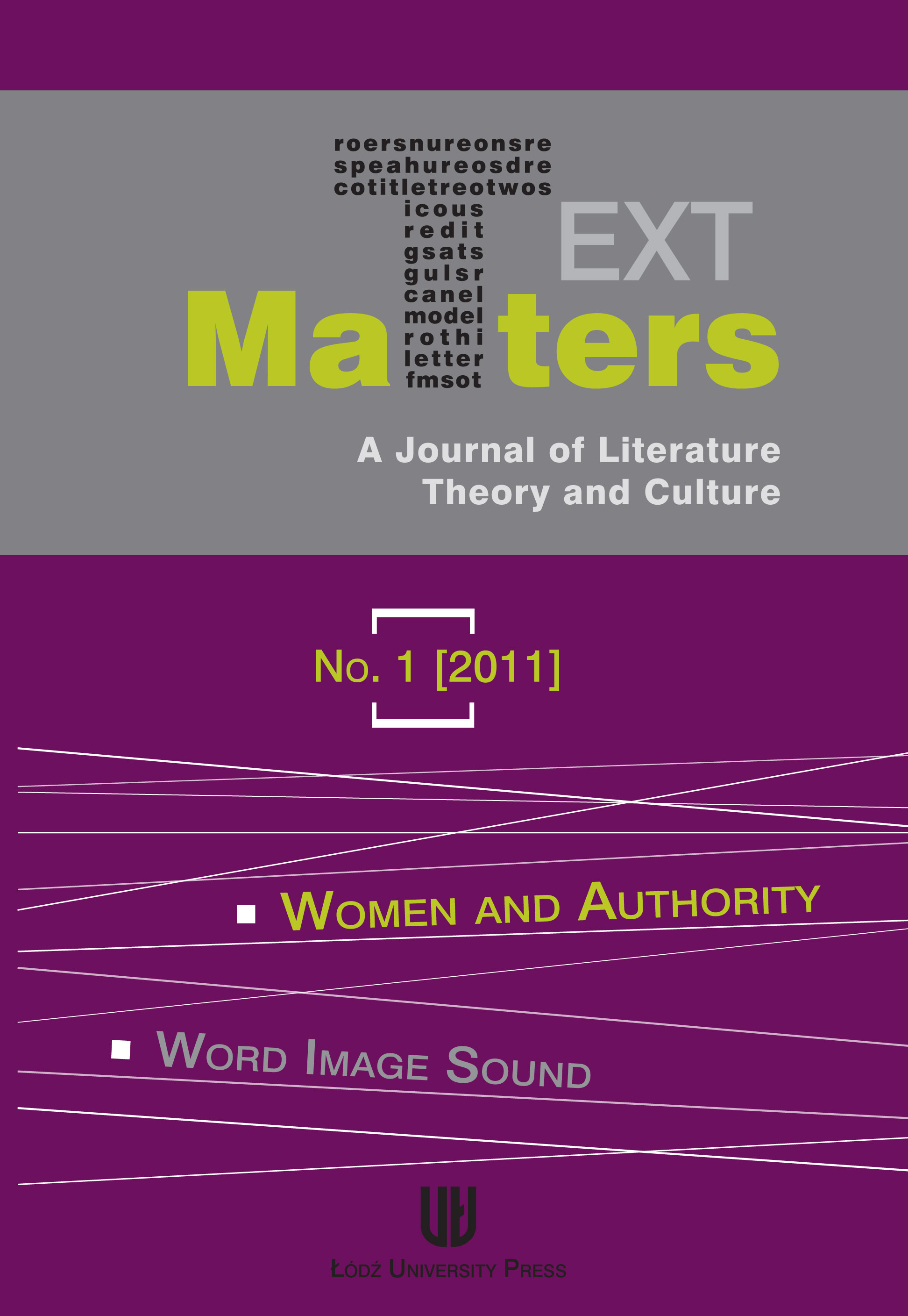Memoir and the Re-reading of Fiction: Rudy Wiebe’s of this earth and Peace Shall Destroy Many
DOI:
https://doi.org/10.2478/v10231-011-0015-6Abstract
Canadian novelist Rudy Wiebe's award-winning memoir, of this earth: A Mennonite Boyhood in the Boreal Forest (2006), invites readers into a warm subjective realm in which a meditative Wiebe (b. 1934) recounts his growing-up years from birth to age thirteen. As self-reflexive "rememberer," Wiebe explores the sensate freshness of a boy's ways of seeing, touching, and, not least, hearing the world. The young Wiebe lives with his parents and siblings and neighbours in an emotionally warm Christian community of 1920s immigrants to Canada who have fled from the Soviet Union in the wake of the 1917 Revolution and who struggle for economic survival in a remote corner of rural Saskatchewan during the 1930s and 1940s. But Wiebe's memoir of childhood is not only autobiography and social history; it is also a linguistic text that subtly invites readers to look beyond its textual boundaries to his earlier work. In particular, it has the effect of carrying alert readers back to the setting—at least physically and geographically if not altogether socially and culturally—of Wiebe's first novel, Peace Shall Destroy Many (1962). That early novel was a caustic work notoriously controversial especially among Mennonite readers in Canada when it appeared almost a half-century ago. The 2006 memoir—with intertextual allusion—invites readers to recall especially one layer of that early novel barely noticed by readers, a layer eclipsed and partially hidden by the dominant narrative. Specifically, it invites readers to see the virtually sinless and prelapsarian world of the idealistic young Hal Wiens whose idyllic life in the fictional spaces of Peace Shall Destroy Many goes unnoticed because it is so very much in the shadow of the doubts and tensions that inform the much larger world of his spiritually troubled older brother, nineteen-year old Thom Wiens. The memoir pushes readers into re-thinking the reception of that novel, and into finding anew beneath its severe and satiric treatment of the austere adult world the linguistic and spiritual joy of life given shape in the playful perceptions of the young Hal. The memoir becomes a stimulus for a transformational re-reading of the novel. This essay explores the two works in light of each other and of conventions that govern the two respective genres. It attempts, also, to account for the reading strategies that Wiebe's 2006 memoir proposes to readers of his first novel, and for key influences informing the two respective works.
Downloads
References
Steedman, Carolyn. Past Tenses: Essays on Writing Autobiography and History. London: Rivers Oram 1992.
Google Scholar
Tiessen, Hildegard E. "A Mighty Inner River: ‘Peace’ in the Early Fiction of Rudy Wiebe." The Canadian Novel: Here and Now. Ed. John Moss. Toronto: NC 1978. 169-81.
Google Scholar
Toorn, Penny van. Rudy Wiebe and the Historicity of the Word. Edmonton: University of Alberta Press 1995.
Google Scholar
Wiebe, Rudy. "An Author Speaks about His Novel." A Voice in the Land: Essays by and about Rudy Wiebe. Ed. W. J. Keith. Edmonton: NeWest 1981. 64-68.
Google Scholar
Wiebe, Rudy. of this earth: A Mennonite Boyhood in the Boreal Forest. Toronto: Knopf 2006.
Google Scholar
Wiebe, Rudy. Peace Shall Destroy Many. Toronto: McClelland 1962. Grand Rapids MI: Eerdmans 1964.
Google Scholar
Wiebe, Rudy. "The Skull in the Swamp." Journal of Mennonite Studies 5 (1987): 8-20.
Google Scholar
Downloads
Published
How to Cite
Issue
Section
License

This work is licensed under a Creative Commons Attribution-NonCommercial-NoDerivatives 4.0 International License.













